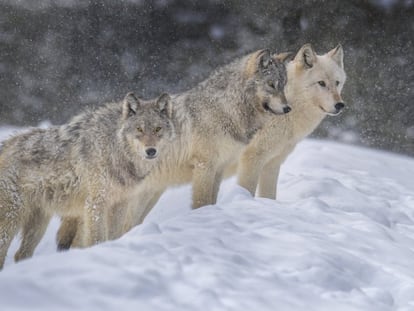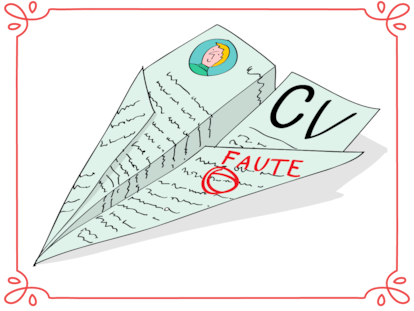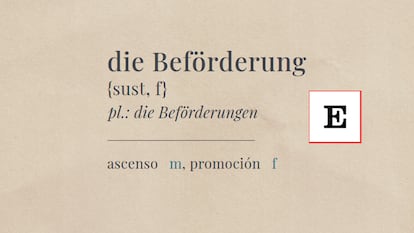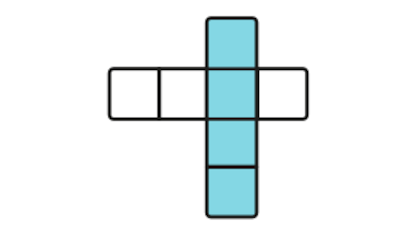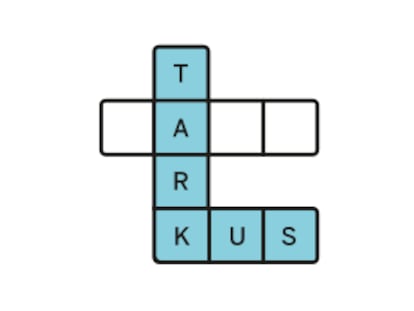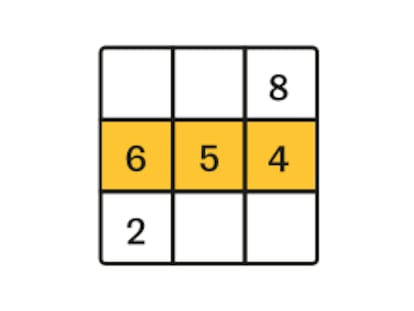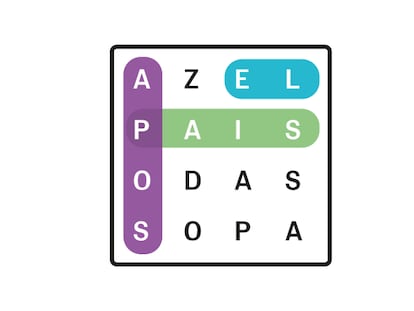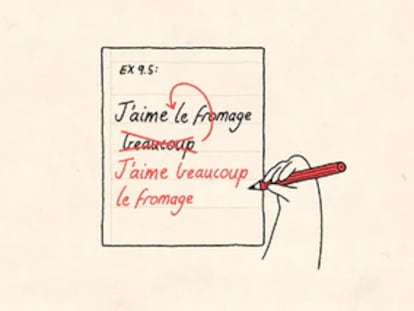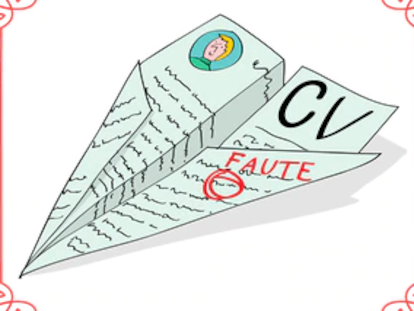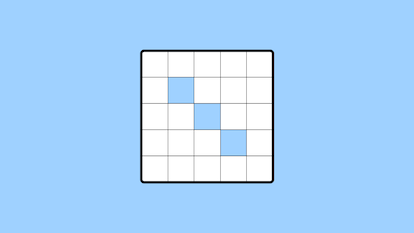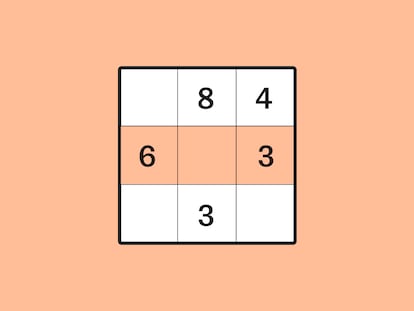The company that created woolly mice announces the ‘de-extinction’ of the dire wolf
Colossal has announced the birth of three genetically modified wolves, the first in history and gestated by dogs, to mimic the extinct species
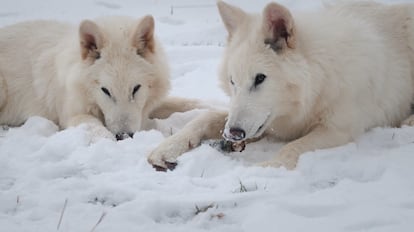
The American biotechnology company Colossal Biosciences claims to have “de-extincted” an animal for the first time: the dire wolf (Canis dirus), which disappeared more than 10,000 years ago. Scientists reportedly started by reconstructing the extinct animal’s genome and then edited gray wolf cells to match that of the lost canid. Several common dogs successfully gestated and gave birth to three wolves: Romulus, Remus, and Khaleesi. These wolves are in an animal reserve whose location has not been revealed to protect them from public attention, according to Time magazine, which broke the news.
SOUND ON. You’re hearing the first howl of a dire wolf in over 10,000 years. Meet Romulus and Remus—the world’s first de-extinct animals, born on October 1, 2024.
— Colossal Biosciences® (@colossal) April 7, 2025
The dire wolf has been extinct for over 10,000 years. These two wolves were brought back from extinction using… pic.twitter.com/wY4rdOVFRH
The company made the announcement through the social media platform X and has not yet provided details about how it created these animals and how closely they resemble real dire wolves. Nor have they published any peer-reviewed scientific studies, an essential quality standard in science.
The breakthrough comes weeks after the same company announced the creation of mice whose genomes had been edited using the CRISPR technique to include several genetic traits from the mammoth, an extinct relative of the elephant. The animals carried several mammoth genes, including the one responsible for their thick, orange fur.
Colossal created these animals based on DNA extracted from a 13,000-year-old giant wolf tooth and a 72,000-year-old skull. They identified 20 key differences in 14 genes responsible for the dire wolf’s distinctive characteristics, such as its larger size (20% larger than gray wolves), white fur, broader head, larger teeth, more powerful shoulders, and more muscular legs.
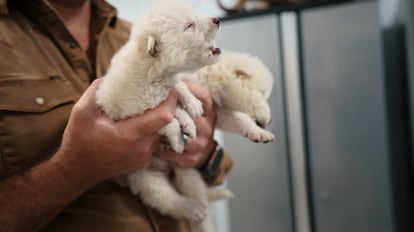
The goal of the company, co-founded by the charismatic Harvard biologist George Church, is to “de-extinct” the mammoth, the Tasmanian tiger, and other species using the wombs of living animals. In the case of the mammoth, the goal would be to start with elephant cells to include some of the mammoth’s characteristic genetic changes and use female elephants as surrogates to carry the babies. It’s far from clear that this operation is feasible, and, above all, the resulting animal would not be a woolly mammoth like those that inhabited the Earth thousands of years ago. The other major application of this technology would be to preserve endangered species today.
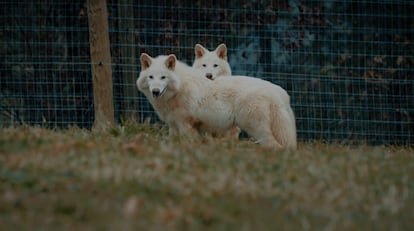
For now, it remains a mystery how similar the three wolves are to true dire wolves, but they are certainly not the same. The starting point for the “de-extinction” of the dire wolf was the extraction of stem cells from the blood of a gray wolf. Researchers edited the genome of these cells to modify 14 genes. They then introduced the nuclei of these edited cells into eggs previously emptied of their genetic content and let them grow in the laboratory until they obtained 45 embryos. These embryos were implanted in two dogs. Each gave birth to a puppy last October. The same procedure was repeated for the third specimen, Khaleesi. Company officials state that the behavior of the three pups is characteristic of wolves, not dogs.
Until the advent of the CRISPR gene-editing technique, de-extinction of species had been virtually impossible. One of the closest attempts to bring a lost animal back into the world was the Spanish project to resurrect the Pyrenean ibex. The first specimen, Celia, drowned shortly after birth.
Sign up for our weekly newsletter to get more English-language news coverage from EL PAÍS USA Edition
Tu suscripción se está usando en otro dispositivo
¿Quieres añadir otro usuario a tu suscripción?
Si continúas leyendo en este dispositivo, no se podrá leer en el otro.
FlechaTu suscripción se está usando en otro dispositivo y solo puedes acceder a EL PAÍS desde un dispositivo a la vez.
Si quieres compartir tu cuenta, cambia tu suscripción a la modalidad Premium, así podrás añadir otro usuario. Cada uno accederá con su propia cuenta de email, lo que os permitirá personalizar vuestra experiencia en EL PAÍS.
¿Tienes una suscripción de empresa? Accede aquí para contratar más cuentas.
En el caso de no saber quién está usando tu cuenta, te recomendamos cambiar tu contraseña aquí.
Si decides continuar compartiendo tu cuenta, este mensaje se mostrará en tu dispositivo y en el de la otra persona que está usando tu cuenta de forma indefinida, afectando a tu experiencia de lectura. Puedes consultar aquí los términos y condiciones de la suscripción digital.
More information
Archived In
Últimas noticias
Most viewed
- Sinaloa Cartel war is taking its toll on Los Chapitos
- Reinhard Genzel, Nobel laureate in physics: ‘One-minute videos will never give you the truth’
- Oona Chaplin: ‘I told James Cameron that I was living in a treehouse and starting a permaculture project with a friend’
- Why the price of coffee has skyrocketed: from Brazilian plantations to specialty coffee houses
- David King, chemist: ‘There are scientists studying how to cool the planet; nobody should stop these experiments from happening’


